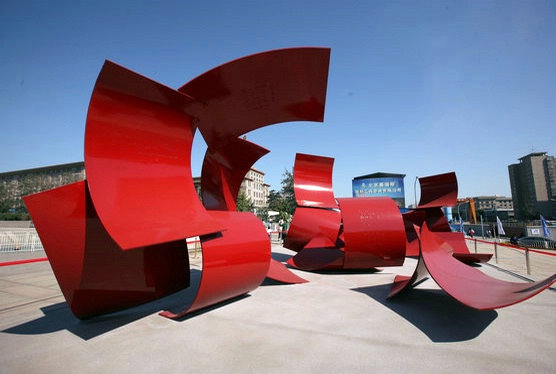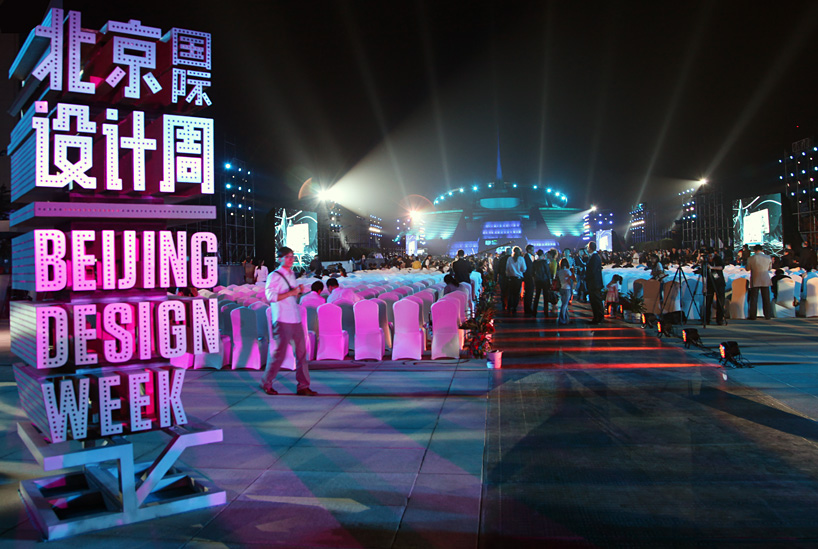
Joining a heavy roster of Design Week calendars in Europe, Paris and Beijing add their weight to the increasingly important industry month of September
One of over one hundred events launched during Paris’s inaugural Design Week
When rolling off a list of design capitals, it feels somewhat remiss to exclude Paris. The birthplace of haute couture, the home of Philippe Starck and the city in which to find both the Centre Pompidou and Louvre Pyramid, it is surprising to think Paris Design Week was launched a mere month ago.
Whilst Paris has played home to MAISON&OBJET since 1995, the cultural hub has only just joined the likes of London, Milan, Tokyo and Moscow, in developing an official calendar of events, reflecting an official week of design.
Given its long serving contribution to promoting French design and bringing the international community to Paris, it is no surprise that MAISON&OBJET organisers, SAFI, were behind the launch of the inaugural event. “Aside from MAISON&OBJET, there were no major international designer events in September, and we could legitimately invent one with a quality-driven, open-minded spirit that reflected the positive and vigorous image of our show”, reveals Etienne Cochet, Managing Director of SAFI.
“ After ten years of professional events a “general public” link in the design chain was still missing, so we decided to launch Paris Design Week. ”
“But first, we had to establish genuine legitimacy. We created Now! design à vivre ten years ago and it took time to integrate the distribution sector and develop an interest in design. After ten years of professional work, a “general public” link in the design chain was still missing, so we decided to create it with Paris Design Week."
The professional and consumer-oriented event celebrated design with over 100 actives, in six distinct areas of Paris. The multidisciplinary programme brought together major design players from furniture to graphic design, interior architecture, decorative arts and even gastronomy. September saw similar citywide design festivals realised in Copenhagen, Helsinki, London, Lisbon and Vienna. Whilst New York’s Design Center put together What’s New and What’s Next, an afternoon exploring innovation in ideas, design, materials, and production.

Manuscript by UK designer Paul Cocksedge. Part of the Guest City program where London has been invited to share its design style, concepts and works at Beijing Design Week
One would expect the likes of Barcelona or Berlin to feature next on a list of influential cities hosting design events, but most surprisingly – and even excitingly – it was Beijing that opened doors on two ambitious festivals: 2011 Beijing Design Week and the debut Beijing International Design Triennial. The capital boasted over 130 different activities, with more than 30 international events and 90 Chinese exhibitions, showcasing 100 design landmarks to 8000+ visitors.
The event, extensively supported by various government and cultural bodies, has been designed to move Beijing towards a more culture-enriched capital, with better-developed technology-driven design industries. The ultimate goal? To shift global expectations of “Made in China” toward more thoughtful and legitimised “Designed in China”, as Chinese design brands begin to play a more influential role in the world stage.
“ The ultimate goal? To shift global expectations of “Made in China” to “Designed in China" ”
Speaking with the New York Times, event director Aric Chen lavished the ability to build a show from scratch, in a country in which design is fairly new. Something that has seen the abandon of a traditional ‘trade show format’ in favour of producing a “culturally oriented event, to help the incubation of ideas while making design fun.”
A by-product perhaps of China’s need to build its credibility in design as opposed to immediately commercialising its home-designed products. A perception shift that Mr. Chen agrees will require the success of events like these, and the need to remove the perception that Chinese design is merely a euphemism for copying. Something he seems reasonably confident in achieving.

The entrance to the light show, produced for the opening ceremony of Beijing Design Week
“There’s a strong desire and a lot of energy, coming from all levels, to develop something new and on one’s own. When I first arrived there was a huge interest in defining “Chinese design,” and in just three years, I’ve seen that evolve from reinterpreting traditional motifs to a much more sophisticated sense of what it means to be Chinese. If creativity, by definition, requires optimism, China has optimism in spades and I’m confident that the creativity will follow.
“The other thing, to put it really simply, is that there’s a lot of interest and focus on China. It’s one of the few places where you still have that freedom to experiment, because you’re in the early stages of something, but what you’re working on will have a global influence.”

